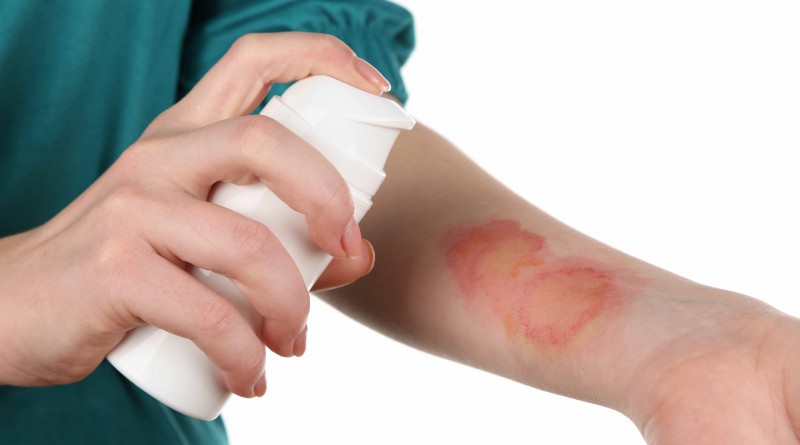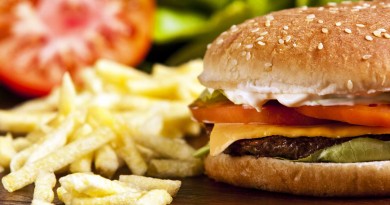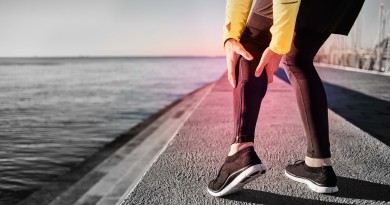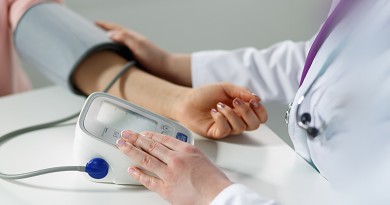What to do in case of burn
Got burned! Now what? Know everything about how to treat a burn.
Domestic accidents happen and it is quite common to stumble on the oven door or in a pan we thought it was cold, and after all, it was boiling. Then, after burning, what can we do to ease the pain and at the same time decrease the risk of worsen the injury?
In the first place, it is important to realize what kind of burn it is. If it is only slightly red or singed, it’s a first degree burn. That is a small injury in the external layer of the skin, epidermis, and easily treatable at home, with cold water or an appropriate cream. Then, you just have to cover it with a wet compress and rest.
On the other hand, if blisters start to show in the burning area and the skin begins to loosen up, then the problem is a bit more severe. Still, you can solve the problem at home. Place warm water in a bowl and soak the injured area between 15 to 30 minutes. Very important: do not use ice or very cold water, it may worsen the wound and cause permanent damage to the skin or even in the muscles and bones.
In both cases, when the pain is relieved, apply an appropriate cream or solution, without massaging, and remove any props that won’t let the skin breath, like rings, gloves or so. It is important that the area stays in contact with the air for a while. If you see a blister, don’t break it; it’s just the natural process of the human body coping with the injury, so it is important to keep the wound as it is. Over time, until it heals, you should hydrate it and keep it clean. If the area where the burn occurred is in contact with clothing or other materials that may irritate it, then it is advisable to cover it with a bandage or gauze.
When it is a third degree burn, the wound reaches the muscle or bone, there is an absolute need to seek specialized medical care.
There is a less common type of burning that is caused by low temperature materials such as ice or snow. In such cases, the process is reversed from that described above: the affected area should be heated with warm water, between 37 and 39 degrees Celsius, then hydrate and let the injury rest.







